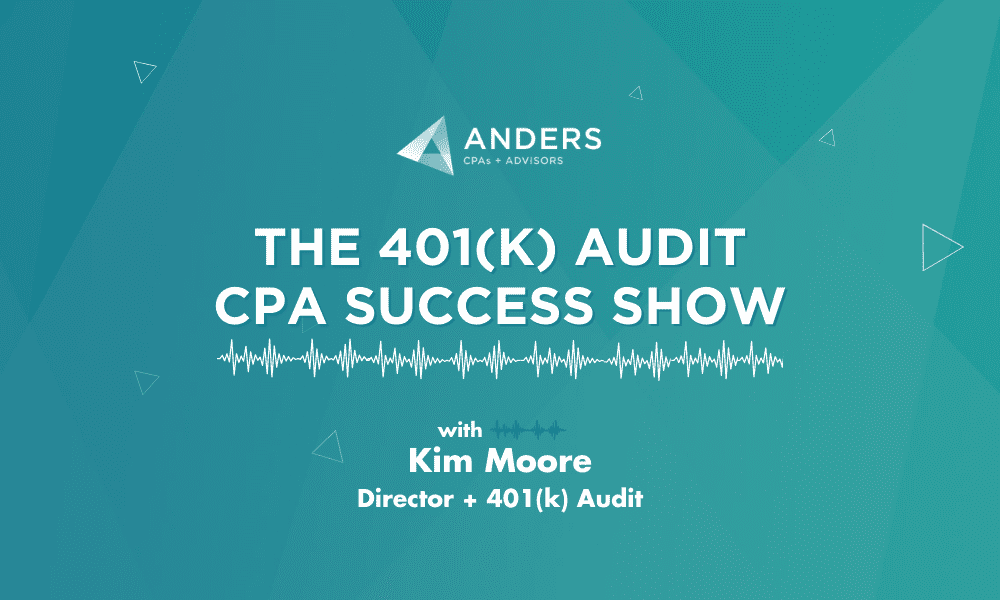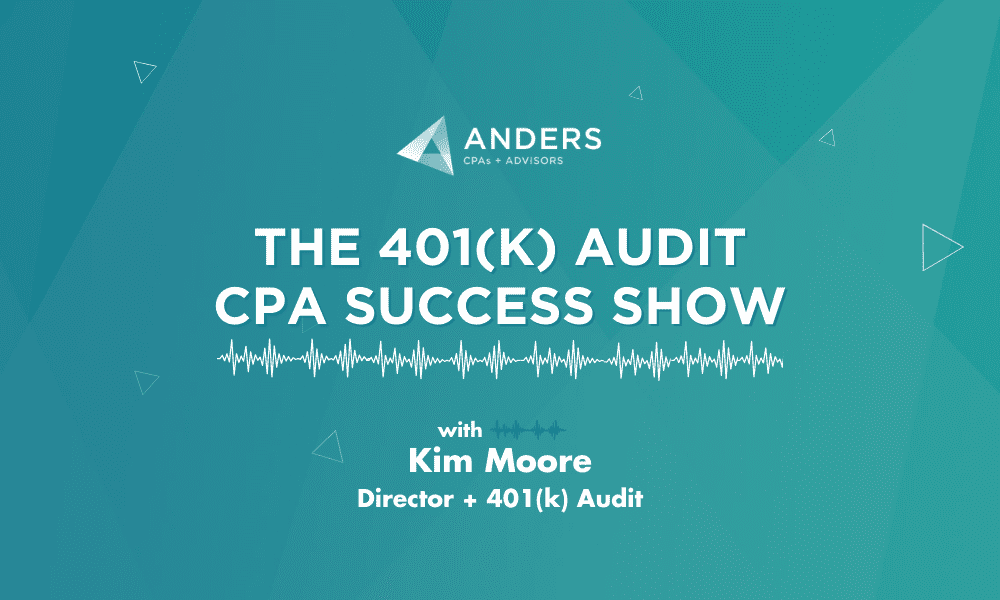Some SECURE Act 2.0 provisions have already come into effect in 2023, but it will continue to have a huge impact on the US retirement system due to new regulations. Changes to contribution limits, age limits, participation requirements and plan design provisions will roll out over the next one to three years. Plan sponsors must educate themselves on the upcoming changes to ensure they are prepared to remain compliant with new regulations.
Key Takeaways:
- Many changes enacted by SECURE Act 2.0 will depend on the demographic information of plan participants, such as age or employment status, so maintaining accurate census information is imperative
- Plan sponsors should use a compliance calendar to track required changes that must be completed by a certain date to ensure SECURE Act provisions are implemented in a timely manner
- Work with third-party payroll providers to ensure they are able to handle significant changes and verify the new limits are correctly implemented
- Update your plan document to ensure the new SECURE 2.0 regulatory changes and provisions are included
- Ensure employees are educated about the significant changes the SECURE Act brings so they are able to make informed decisions
Plan sponsors must track and comply with a large number of new regulations put into place by SECURE Act 2.0. Some provisions within the act will be introduced over the course of the next one to three years, making this the ideal time for plan sponsors to begin making preparations and adjustments to account for the amended regulations. We’ll list the upcoming changes in chronological order based on when they’re set to go into effect.
SECURE Act 2.0 Provisions Effective January 1, 2024
Matching Student Loan Payments
A new provision involves a new policy permitting employers to make matching contributions to retirement plans based on employees’ student loan payments. Qualified student loans include any indebtedness incurred by an employee solely to pay qualified higher education expenses. Because the matching contributions on student loan payments must follow the same schedule as other matching contributions under the plan, plan sponsors are allowed to treat qualified student loan repayments as employee elective deferrals for the purposes of matching contributions in a retirement plan. These matching contributions must be made available to all match-eligible participants.
Emergency Savings Accounts
Plan sponsors have been granted permission to add an emergency savings account to their retirement plan, which must be designated as an after-tax account. Non-highly compensated employees, defined as those earning up to $150,000 in 2023, may be automatically enrolled at up to 3% of their compensation, but no higher than $2,500 annually. The plan can set this limit to a lower amount. Please note that employer matching is also limited to up to $2,500 annually.
Contributions are made on an after-tax basis and, for purposes of matching contributions, are treated as employee elective deferrals. Withdrawals can be made from emergency savings accounts tax and penalty-free. Plan administrators will be allowed to rely on a participant’s self-certification for distributions out of this account; the IRS still needs to issue guidance for situations in which the plan sponsor knows of employee misrepresentations.
Penalty-Free Withdrawals
At this time, there is a 10% penalty for early distributions made before the age of 59 ½. Under SECURE Act legislation, there will no longer be a 10% early distribution penalty assessed on withdrawals of up to $1,000 if funds are used for unforeseeable, emergency expenses.
Taxpayers can take three years to repay the early withdrawal but won’t be able to make any additional emergency withdrawals during this time until the repayment is complete.
Domestic abuse survivors would also be able to take early distributions of up to $10,000 or the equivalent of 50% of the account balance, whichever amount is less. This withdrawal will not be subject to the 10% early distribution tax and participants will need to self-certify that they’ve experienced domestic abuse. The withdrawn amount can be repaid over three years and the income taxes on the repaid amount would be refunded upon repayment.
Automatic Enrollment Relief
Employers will be permitted to self-correct automatic enrollment mistakes without a penalty up to nine months following the end of the plan year where the mistake was made, but only if automatic enrollment and contribution escalation arrangements are established.
Other Provisions
The law will allow recordkeepers to equip plans with automatic portability services unless the plan participant elects otherwise. Portability services include the automatic transfer of a participant’s default IRA, if it is established with an automatic rollover from a former employer’s plan, into a new employer’s plan.
Under SECURE Act 2.0, the automatic rollover amount will increase from $5,000 to $7,000 for terminated vested employees. Roth accounts are exempt from the required minimum distribution requirement.
SECURE Act 2.0 Provisions Effective January 1, 2025
Increase in Annual Catch-Up Contribution Limit
The annual participant catch-up contribution limit will be increased, effective January 1, 2025, to $10,000 or 50% more than the regular catch-up limit for individuals aged 60 to 63, whichever option is greater.
Automatic Enrollment for New Plans
Employers will now be required by the SECURE Act 2.0 to establish new plans after enactment that automatically enroll eligible employees by at least 3% and not more than 10%. Employees have the option to opt out of automatic enrollment once they are automatically enrolled by their employer, with the option to allow a distribution of the automatically enrolled amount. Existing plans are grandfathered, so employees sponsoring current 401(k) plans aren’t required to add automatic enrollment. Employers with 10 or fewer employees or who have been in business for less than three years aren’t required to follow this provision.
Creations of a National Database
The Department of Labor will create a database by January 1, 2025 to assist employers in locating former employees who are owed benefits. Employers who are ready to pay those benefits but have been unable to find past employees due to a name or address change will be able to search the database for information.
SECURE Act 2.0 Provisions Effective January 1, 2026 and Beyond
Aged-Based Catch-Up Contributions Update
Currently, catch-up contributions can be made on either a pretax basis or an after-tax basis if they are permitted by the plan. Starting January 1, 2026, for participants who are age 50 or older and whose wages exceeded $145,000 in the previous calendar year, SECURE Act 2.0 requires their catch-up contributions to be treated as after-tax contributions. If an employee’s wages were less than or equal to $145,000, they are allowed to make catch-up contributions on a pre-tax or after-tax basis.
As a result, plan sponsors with participants whose wages exceed $145,000 must ensure their Plan allows Roth catch-up contributions. If a plan only offers pre-tax catch-up contributions, those participants would be precluded from making catch-up contributions. While participants must pay tax on these catch- up contributions, they are also allowed to withdraw post-tax contributions and earnings thereon tax-free.
Other important provisions begin taking effect on the first day of 2026, including the following:
- An employer is required to provide a paper-defined contribution plan benefit statement at least annually unless a participant elects otherwise
- Employers are allowed to retroactively amend their plan to accommodate SECURE Act 2.0 provisions by December 31, 2026, as long as plan sponsor practices have been operationally compliant
- Regulatory guidance to implement SECURE Act 2.0 provisions will be provided by responsible federal agencies
- Plan sponsors should monitor their recordkeepers’ new processes and adopt their conforming amendment to administer and carry out provisions from the new law
There are many opportunities and implications of SECURE Act 2.0 that plan sponsors should evaluate thoroughly to ensure compliance with its guidelines. For more information on how our 401(k) audit team can help, request a free consultation below or contact Kim Moore at (260) 918-8824 to discuss your unique 401(k) audit needs.


